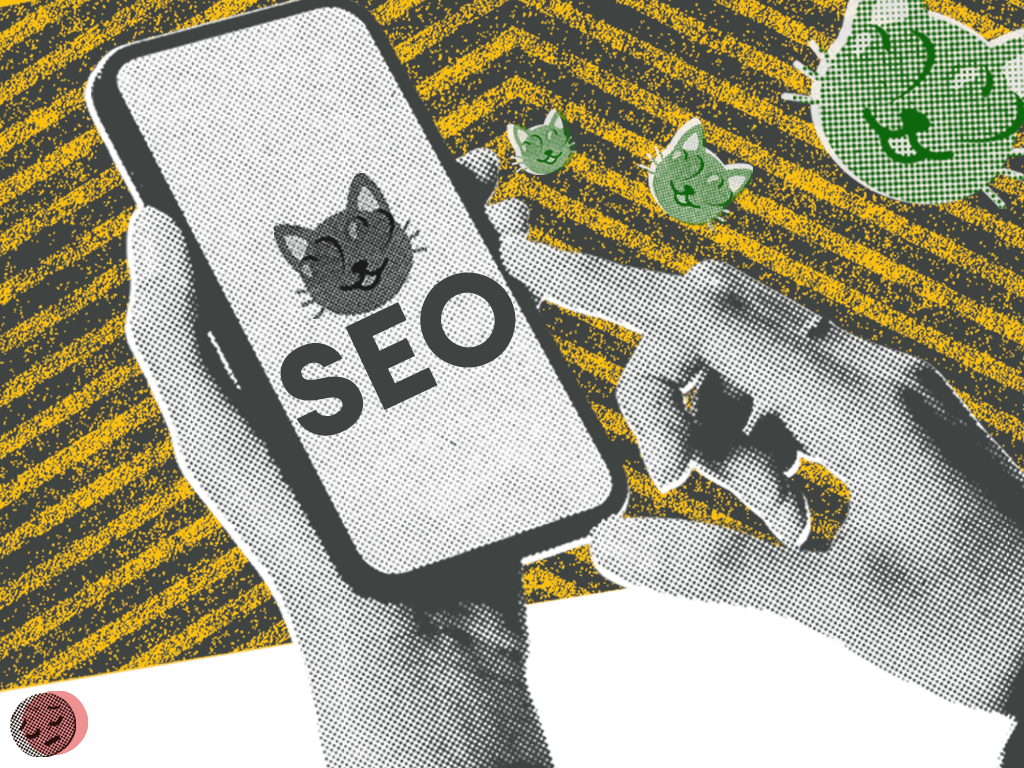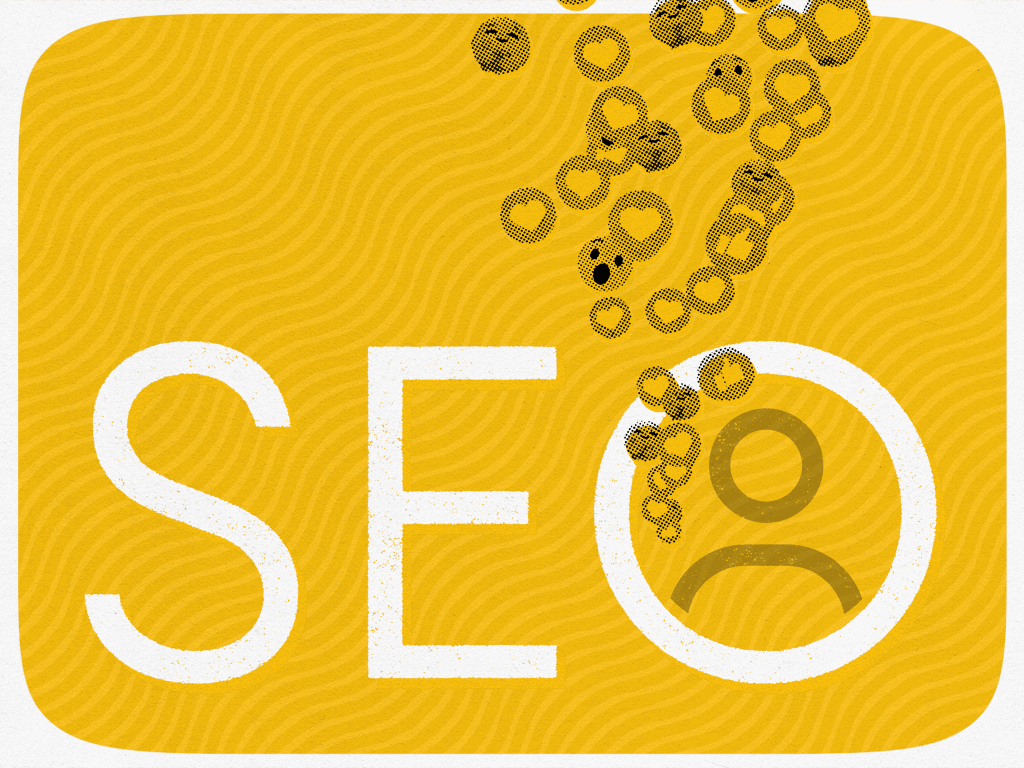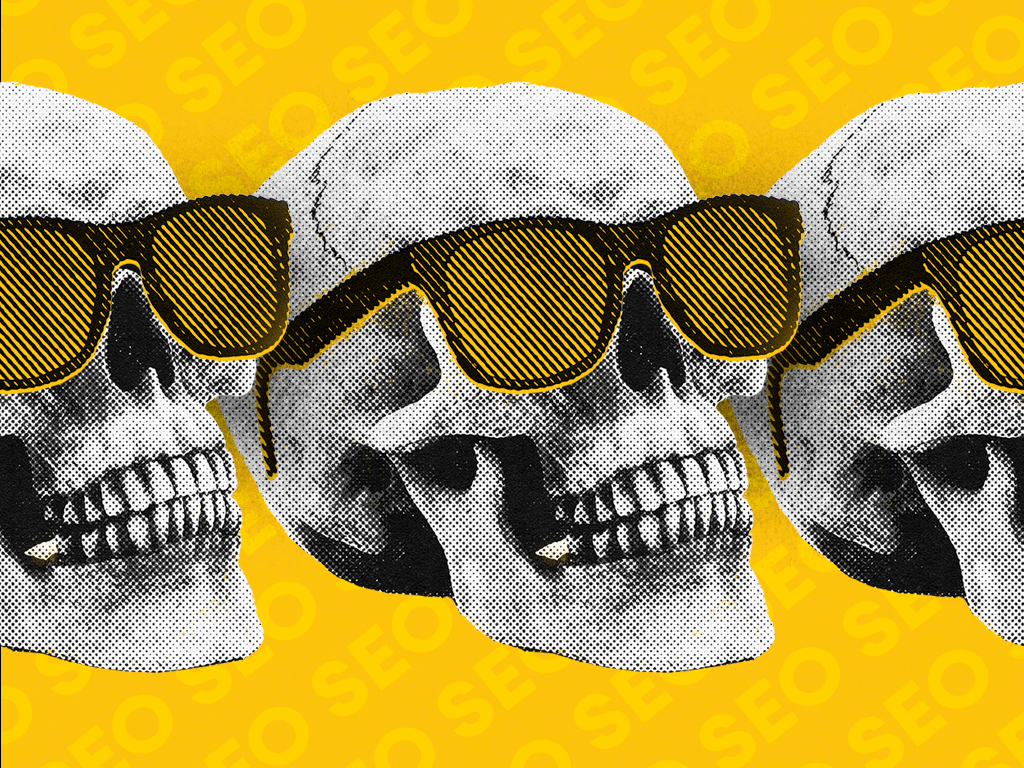Conquering the digital landscape to boost online visibility and establish brand presence requires a strategic approach that mirrors mastering a chess game. It’s all about drawing up and executing a holistic search strategy that covers every angle of the digital marketing board.
With time and money on the clock, crafting a holistic search strategy looks like the meticulous planning and execution required in a high-stakes game. Achieving grandmaster marketing status isn’t merely about making moves; it’s about anticipating your opponent’s next steps. And by combining search engine optimization, search engine marketing, and other winning tactics with a holistic approach, you’ll be prepared for success at every turn.
The opening gambit: Unveiling the holistic search strategy
A holistic search strategy breaks down silos between paid search and organic search efforts. By analyzing data from both channels together, you can create a unified strategy that maximizes your visibility across search engine results pages. This approach ensures your website aligns with user needs at every stage of the customer journey, ultimately driving overall search performance.
It’s about weaving together the threads of customer behavior, market trends, and competitive intelligence to inform strategic decisions with optimism and purpose. By gathering and leveraging data from diverse sources, such as search engine analytics, valuegraphics, and market research, a holistic search strategy strives to optimize many facets of a brand’s online presence.
Much like a well-executed gambit, implementing a holistic search strategy can maximize ROI by aligning marketing efforts with the evolving audience needs and preferences, ensuring sustained success in the digital board.
The middle game: Key elements in play
SEM, SEO, and conversion rate optimization are a triple threat in the digital realm and serve as the key elements in a holistic search and integrated marketing strategy.
SEM: The Rook
Our agile rook, SEM, charges forth with paid campaigns, reaching engaged audiences, amplifying brand visibility in search engines, and driving traffic to websites. Unlike the organic approach of SEO, paid search utilizes paid advertising platforms to quickly reach engaged audiences and achieve faster visibility.
Like a rook on a chessboard, SEM is a very powerful piece in a marketing plan, but it requires strategic planning to effectively deploy:
- Keyword strategy: Leverage organic keyword research to inform which keywords you will bid on and which keywords you want to exclude from campaigns. Include a healthy mix of brand and non-brand keywords, and test bid strategies on those keywords.
- Aligned ad and landing page copy: It is important that the ad copy aligns with the copy on the landing page it drives traffic to. This helps ensure a cohesive user experience, which generally results in better performance.
- Use your assets: Don’t settle for just headlines and descriptions— take advantage of site links, callouts, structured snippets, phone extensions, lead forms, locations, prices, and promotional features to capture user attention and drive immediate action.
SEO: The Queen
The queen of your strategy, SEO orchestrates content, keywords, and technical aspects, ensuring your website ranks high on the digital field of play. Imagine it as the most versatile force, attracting organic traffic through optimized content, targeted keywords, and a user-friendly website structure. Think of SEO as building a sturdy, well-defended castle, organically attracting visitors with relevant content and strategic placement with vast mobility.
Here, SEO serves as that central force:
- Keyword research: Like a skilled scout, SEO identifies the most relevant search queries and key phrases your target audience is using.
- Content creation: Drawing on these insights, SEO transforms into an informed storyteller, crafting engaging, informative content that resonates with your audience and answers their burning questions.
- On-page optimization: Finally, SEO acts as the architect, meticulously optimizing website elements like title tags, meta descriptions, and internal linking, ensuring search engines can easily understand and index your content.
Conversion Rate Optimization (CRO): The King
As the game nears its climax, we focus on conversion rate optimization (CRO). Much like a well-executed endgame, CRO ensures that every move, or every click, counts.
Here’s how:
- A/B testing: A/B testing allows you to explore different variations of elements like landing page design, call-to-action placement, and content structure. This data-driven approach helps refine your tactics, uncover winning combinations, and constantly improve your conversion rate. Meticulously testing different strategies can help identify the most effective approach for your target audience.
- Strategic landing page optimization: Landing pages guide visitors toward desired actions, such as making a purchase or subscribing to a newsletter. By optimizing them for seamless user experience and clear calls to action, you convert interest into tangible results. Think of landing pages as kings capturing website visitors by providing a clear path to desired actions.
SERP dominance: Checkmate
Securing top positions on the SERPs and winning clicks is the endgame in a holistic search strategy. Success looks like seeing your brand in the top positions for relevant keywords, increasing your brand visibility, and driving significant organic traffic toward your website. From organic and paid search results to Google Shopping ads, answer boxes, featured snippets, videos, and images, provide search engines and users with a clear understanding of your content and increase the click-through rate for your organic listings. Think of SERP dominance as securing the king’s position and establishing your brand as a leader in the digital landscape.
Learn more about SEO, SEM, CRO, and other Integrated Digital Marketing Services from Tallwave.
The ever-evolving chessboard: Adapting to change
The digital realm is dynamic, constantly shifting and evolving. Just as Garry Kasparov adapted in response to every single one of Deep Blue’s moves, brands too must be adaptable and responsive in their holistic search strategies.
Here are some key moves to keep your holistic search strategy at the top of its game:
- Embrace new technologies: Stay informed about emerging technology and industry trends, such as voice search and SGE, and incorporate them into your strategy. Get started with our blog about SEO trends in 2024.
- Monitor algorithm updates: Search engines regularly update their algorithms, which can impact your rankings. Stay informed about these updates and adjust your strategy accordingly.
- Analyze your data: Regularly analyze your website traffic and user behavior data with GA4’s new metrics to identify areas for improvement and optimize your strategy for long-term success.
- Keep learning, keep growing: The digital marketing landscape is constantly evolving, so continuous learning is essential. Stay up-to-date with industry trends, attend workshops, and actively seek new knowledge.
Take the board with purpose (and Tallwave)
Just as in a friendly game of chess, adopting a holistic search strategy means thinking ahead, staying flexible, and making smart moves to outmaneuver the competition. In this dynamic arena, where algorithms are always changing and search trends are in flux from day to day, taking an integrated approach will help your brand stay sharp and ahead of the curve.
And when you’re ready to level up your search strategy and capture the king, Tallwave is ready to support your success. We’ve got all the pieces arranged on the board; take the first two squares forward by reaching out to us now.






